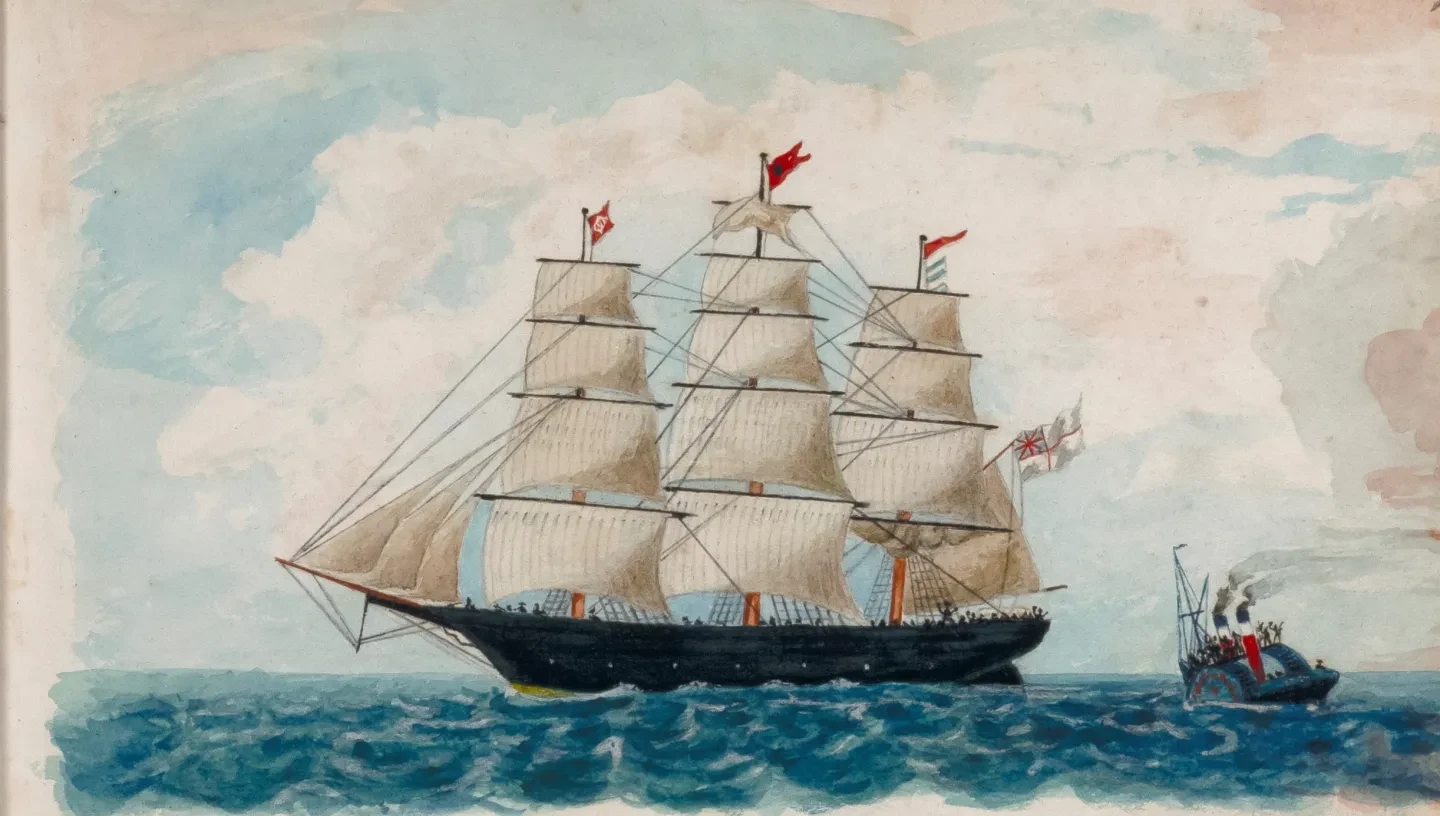
This page is designed to support people living with dementia and their carers as well as organisations looking to use collections to develop reminiscence resources.
We have worked with professional and community-based partners to develop a range of reminiscence resources that follow a person-centred approach. They have been designed to inspire memories connected to different themes in Royal Museums Greenwich's collection, encourage creative responses and equip users with the skills to lead their own reminiscence journeys.
Reminiscence resources
These resources are designed for people living with dementia and their carers.
Reminiscence arts resources or memory boxes are used to support people living with dementia by inspiring memories through a number of creative devices such as memory prompts, historic imagery and sensory objects that incorporate smell, sound and touch.
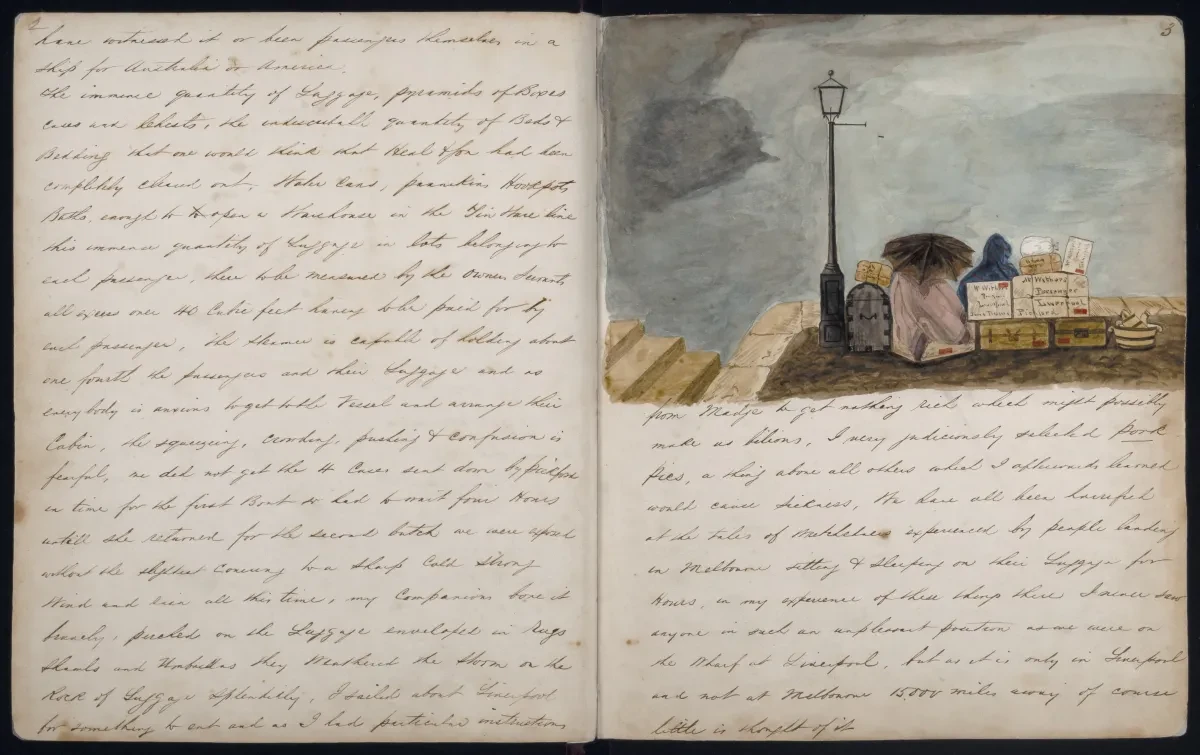
1. All Aboard
In partnership with Age Exchange, we have developed reminiscence arts boxes for people living with dementia and their carers.
Explore the voyages of intrepid travellers, emigrants and sailors, through a collection of multi-sensory resources, historic records and creative activities inspired by Royal Museums Greenwich's travel journal collection.
From creating seaside collages to making lucky charms, this collection of resources will inspire participants to share their own family stories of memorable journeys they have made.
You can use the resources online or book a space in the National Maritime Museum to use the physical resources for free. Email learning@rmg.co.uk to make a booking.

2. Memories of the Caribbean
The Windrush generation and their descendants have shaped the identity of Britain through the cultural legacies they have embedded in British society.
In partnership with the Caribbean Social Forum, we have created culturally specific memories for those living with dementia.
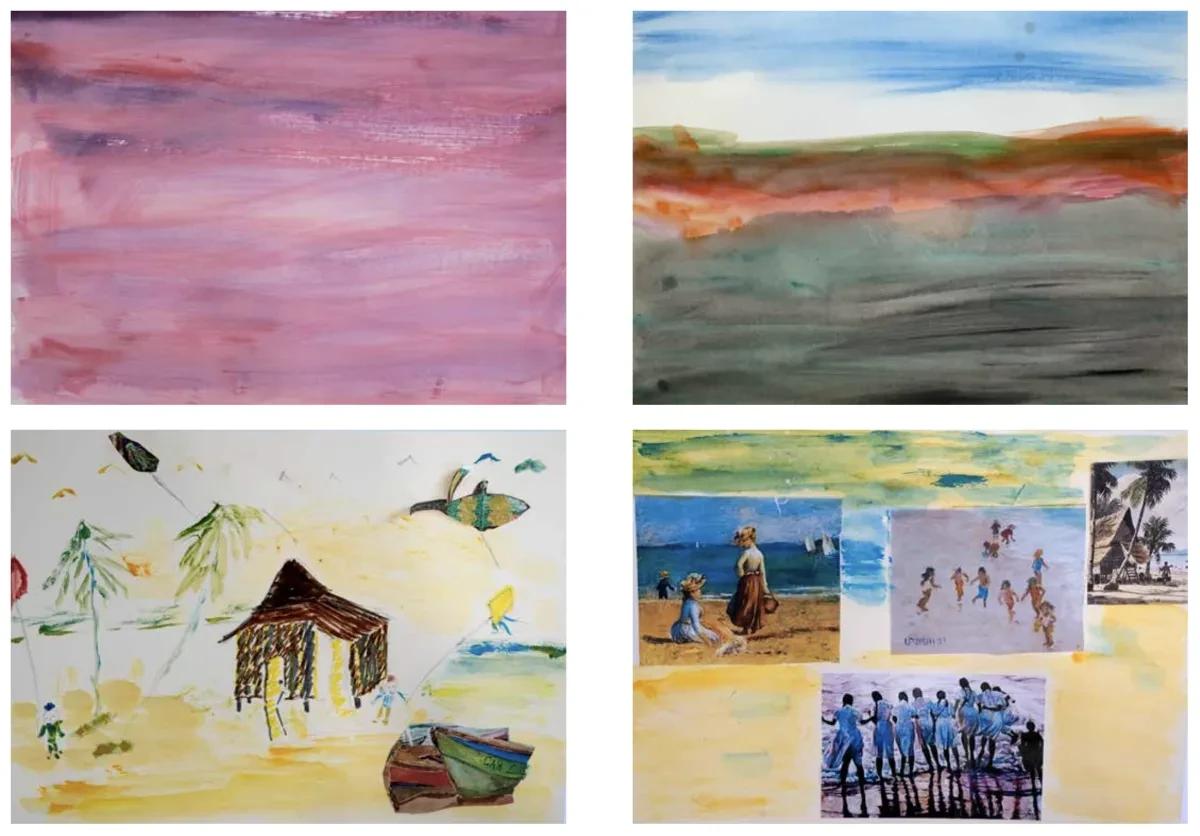
3. Toolkits and training
Information for those looking to develop their own reminiscence resources and support those living with dementia.
Visiting our sites
Find out how we are supporting people with dementia who visit our sites.
National Maritime Museum
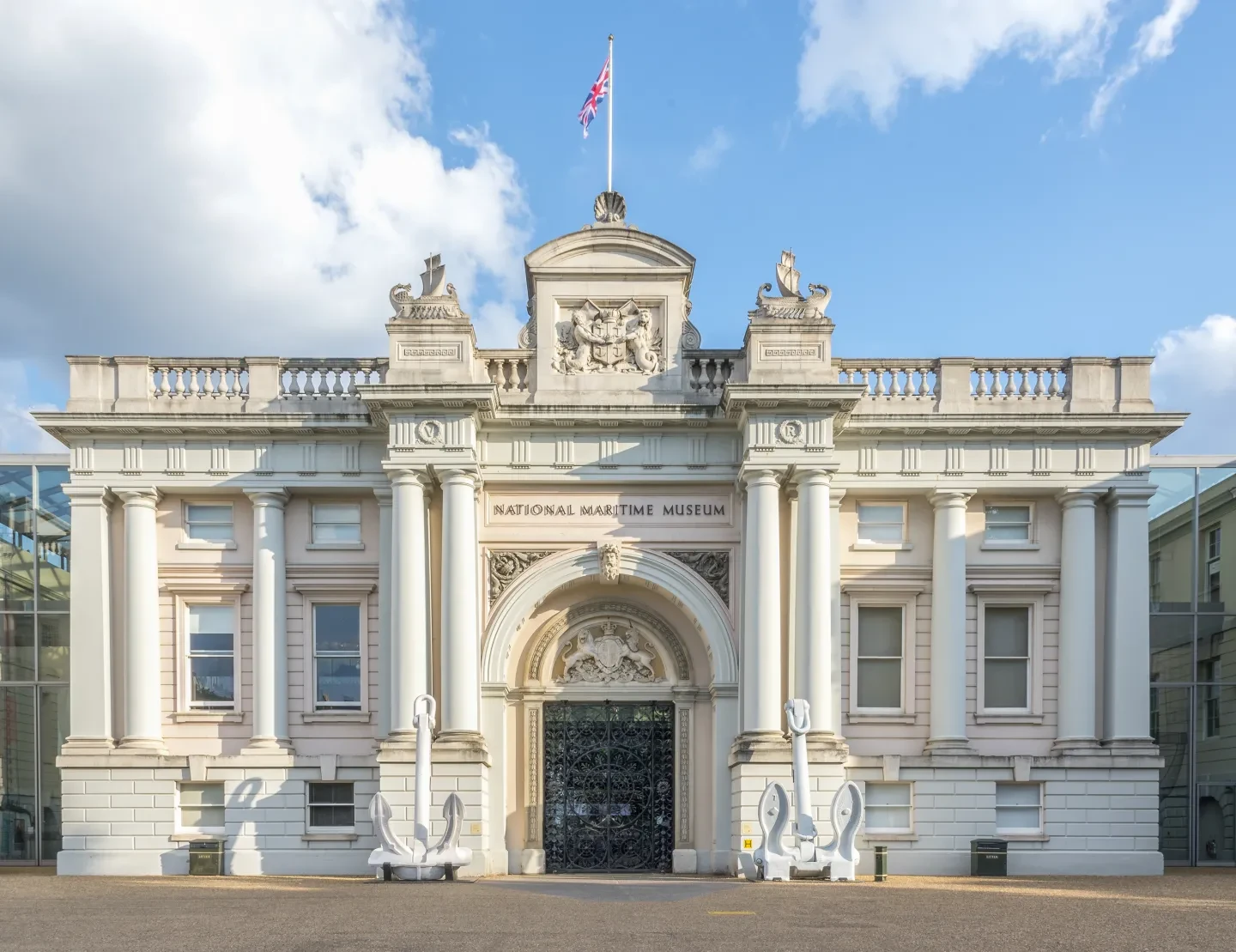
The National Maritime Museum is a dementia friendly site and a registered Safe Place.
Download our full access document to help you plan a visit to the National Maritime Museum, from transport options to building entrances and lifts:
You can also download a sensory map of the National Maritime Museum to help you locate less crowded, quieter areas and multisensory experiences. This covers sound, light, smell and touch.


Cutty Sark
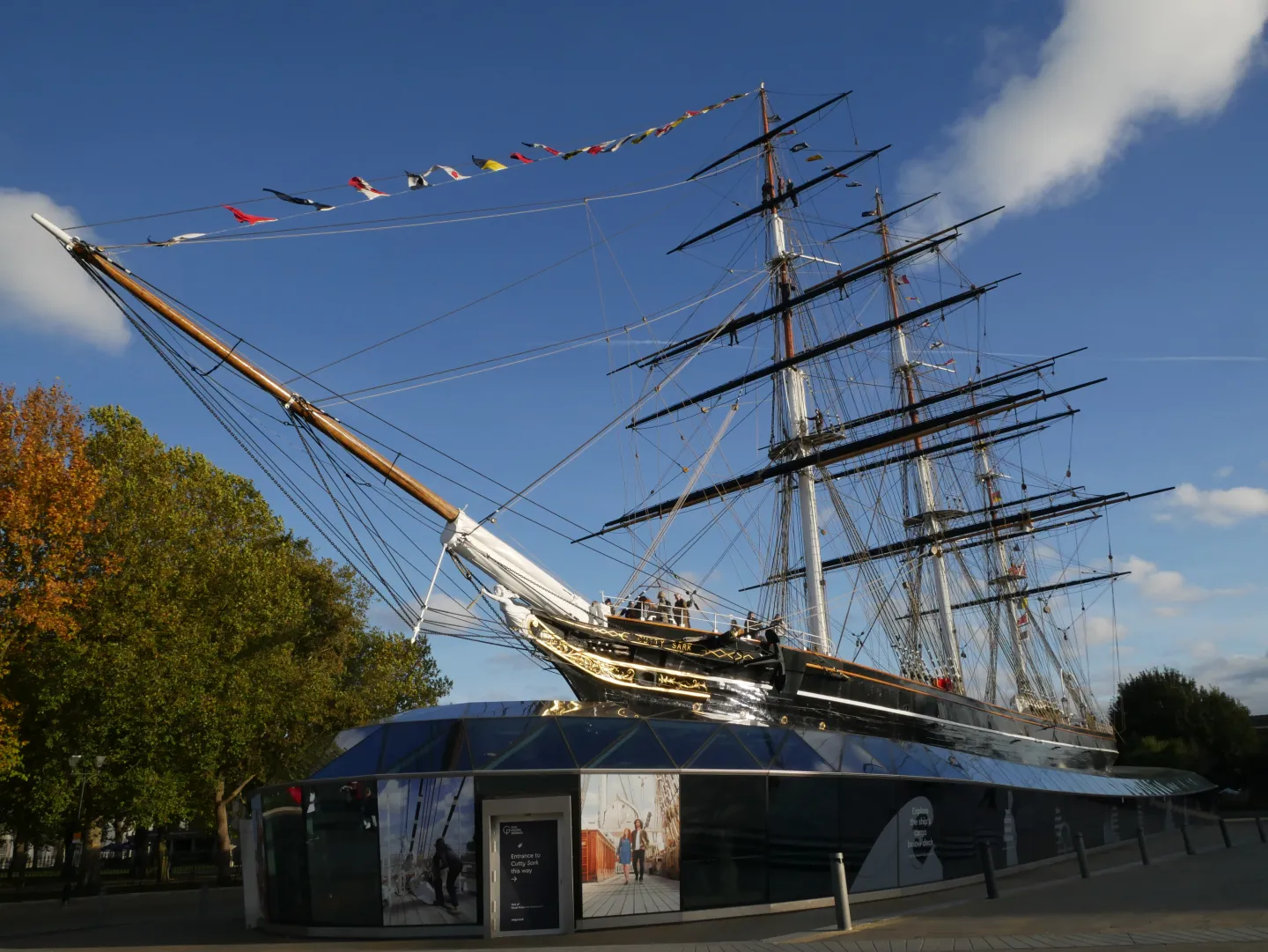
Cutty Sark is a registered dementia-friendly site.
Cutty Sark has accessible toilets, and our cafés and gift shops are wheelchair-accessible.
The ship is wheelchair accessible with lifts providing access to all levels of Cutty Sark. Some areas of the Main Deck are not wheelchair accessible, but virtual access is provided to these spaces.

Queen's House

The Queen's House has accessible toilets, and our cafés and gift shops are wheelchair-accessible. All floors have lift access.
Download our full access documents to help you plan a visit to the Queen’s House, from transport options to building entrances and lifts.
Royal Observatory

The Royal Observatory has accessible toilets and our cafés and gift shops are wheelchair-accessible.
Access at the Royal Observatory is limited to:
- The Meridian line
- Meridian building ground floor
- Astronomer’s Garden
- Camera Obscura
There is no disabled access to the older, Grade I listed buildings including Flamsteed House and Great Equatorial telescope.
The Astronomy Centre galleries and the Planetarium are fully accessible via lift.
Our partners






